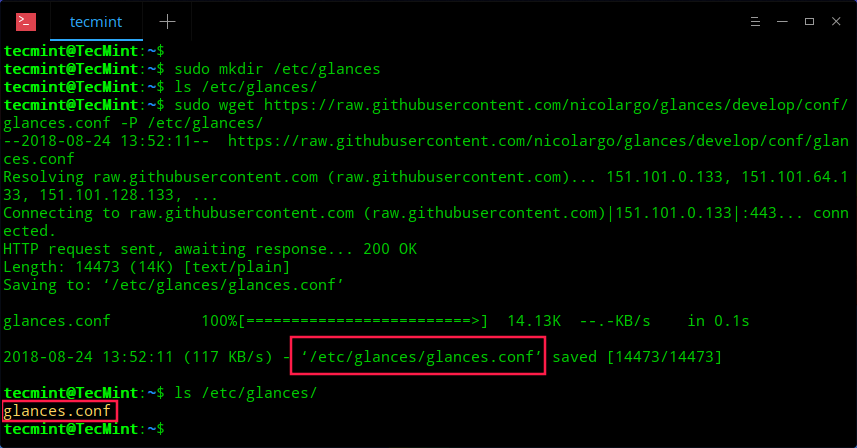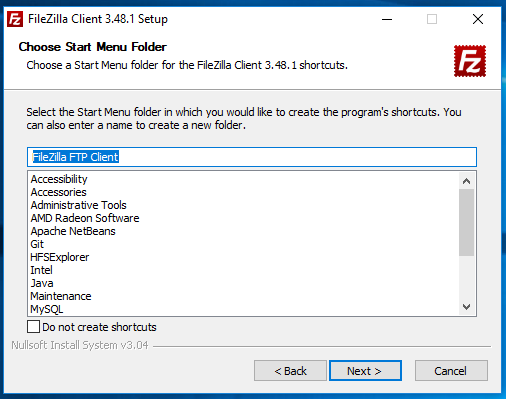

- #Apache ftp client download file to new directory code
- #Apache ftp client download file to new directory password
Through ServletFileUpload, you can set the size and encoding format of the uploaded file. After obtaining the parameters through HttpServletRequest, the resulting Item is classified into ordinary forms and File forms. No matter which way the client uploads, the server handles it the same way. (EntityUtils.toString(resEntity, Charset.forName("UTF-8"))) This is accomplished by renaming the file using a filepath that includes the directory. Moves a file from one directory to another. ("Response content length: " + resEntity.getContentLength()) (Java) Move File to Another Directory on Server. HttpEntity resEntity = response.getEntity() ("The response value of token:" + response.getFirstHeader("token")) The initiating And returns the response to the request HttpEntity reqEntity = MultipartEntityBuilder.create()
#Apache ftp client download file to new directory password
StringBody password = new StringBody("123456", ContentType.create( StringBody userName = new StringBody("Scott", ContentType.create( param remoteFilePath path of the file on the server param savePath path of directory where the file will be stored return true if the file was downloaded successfully, false otherwise throws IOException if. Convert the file into a stream object FileBodyįileBody bin = new FileBody(new File(localFile)) / Download a single file from the FTP server param ftpClient an instance of .ftp.FTPClient class. HttpPost httpPost = new HttpPost(URL_STR) the 1 Three common parameters and files are uploaded to the following address is 1 a servlet

HttpClient = HttpClients.createDefault() The Part array above corresponds to HttpEntity here. This way, similar to the above, only becomes FileBody. Remember to release the connection via releaseConnection when you're done. Int status = client.executeMethod(filePost) Part parts = įtRequestEntity(new MultipartRequestEntity(parts, filePost.getParams())) Ĭlient.getHttpConnectionManager().getParams().setConnectionTimeout(5000) You can simulate page parameter submission by following methodsįtParameter("userName", userName) PostMethod filePost = new PostMethod(URL_STR) At the same time, other parameters can be put into StringPart. Wrap the file into FilePart and put it into the Part array. When passing a file stream to a server, other parameters can be passed at the same time. PostMethod USES FileBody to wrap the file stream, and HttpPost USES FilePart to wrap the file stream. HttpClient.įile uploads can be done in two ways: PostMethod and HttpPost. Let's do a small Demo for the example of uploading and downloading files initiated by the local client. But what if we need to access the server's resources without a browser? So what to do? None of these situations are a problem with the browsers we currently use.

Some of these pages are just plain old pages, some require users to log in before they can use them, or require authentication, and some are transmitted encrypted, such as HTTPS. In most cases, we use Chrome or other browsers to access an WEB server, which can be used to browse the page, view information or submit some data, upload or download files, etc. HttpClient is designed to provide an efficient, up-to-date, and feature-rich client programming toolkit that supports the HTTP protocol, and it supports the latest versions and recommendations of the HTTP protocol. While basic access to the HTTP protocol is already provided in the package of JDK, the JDK library itself is not rich and flexible enough for most applications. If(!FTPReply.The HTTP protocol is probably the most used and important protocol on Internet today, and more and more Java applications need to access network resources directly through the HTTP protocol.
#Apache ftp client download file to new directory code
After connection attempt, you should check the reply code to verify for example tServerTimeZoneId("Pacific/Pitcairn") Then you need to check the FTP reply code to see if the connectionįTPClientConfig config = new FTPClientConfig() ĬtXXX(YYY) // change required options You must first connect to the server withĪfter you're completely finished interacting with the server. Low level details of interacting with an FTP server and providesĪ convenient higher level interface. FTPClient encapsulates all the functionality necessary to store and


 0 kommentar(er)
0 kommentar(er)
